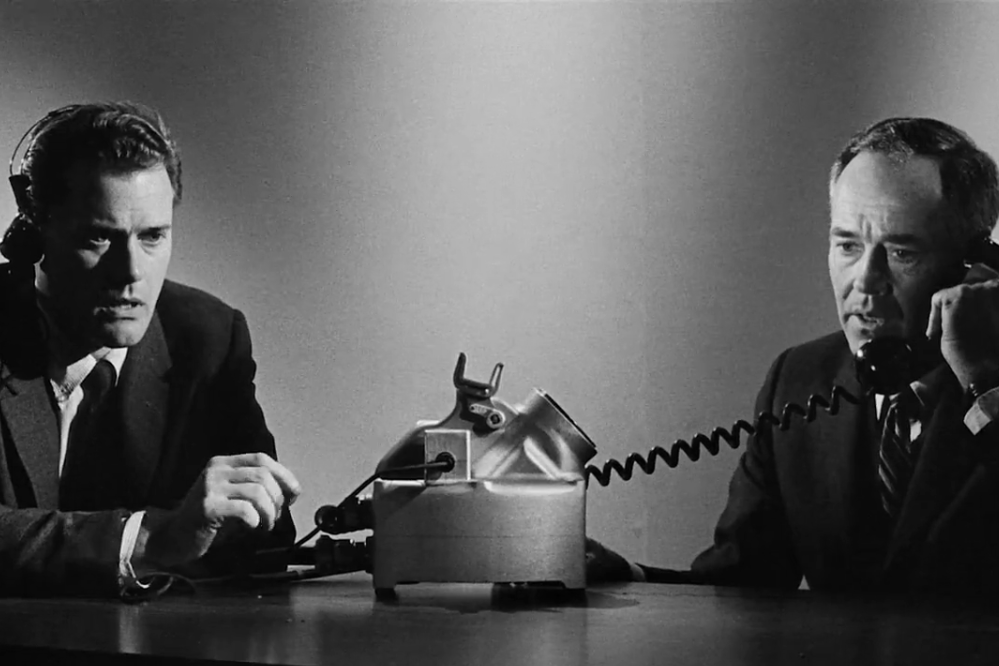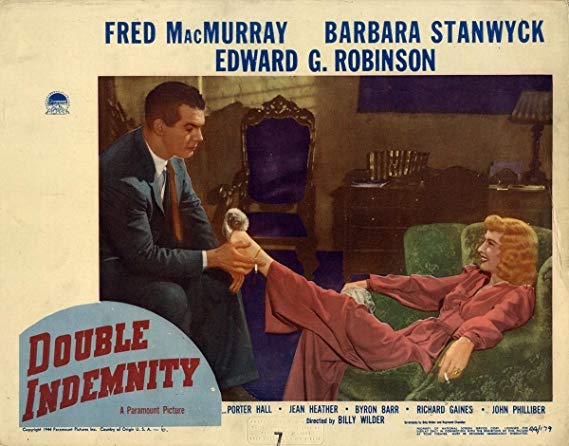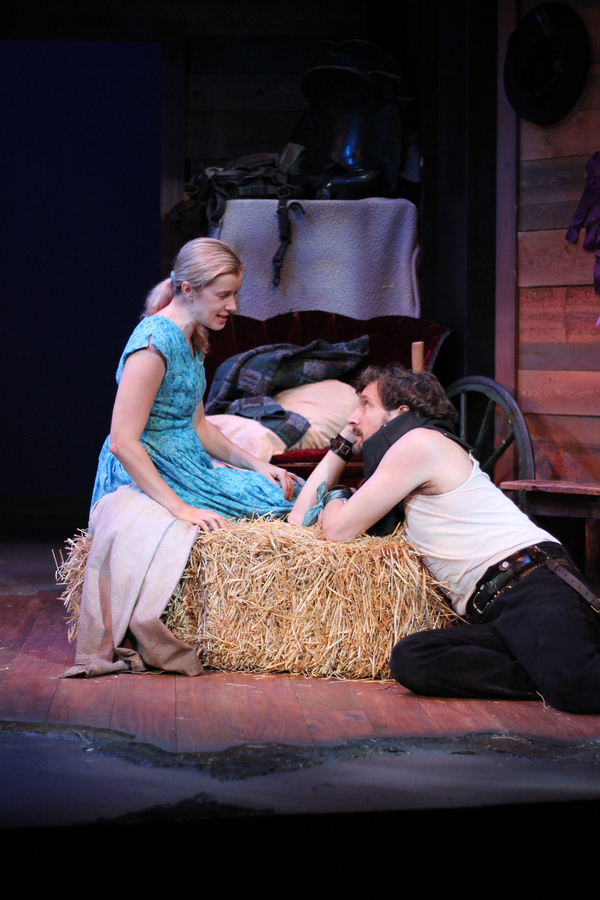Mort Sahl appears as a guest on The Hollywood Palace. He is introduced by Kate Smith. This episode was originally telecast by ABC on January 23, 1965:
(This is the latest in a series of arts- and history-related videos that appear in this space each Monday, Wednesday, and Friday)





